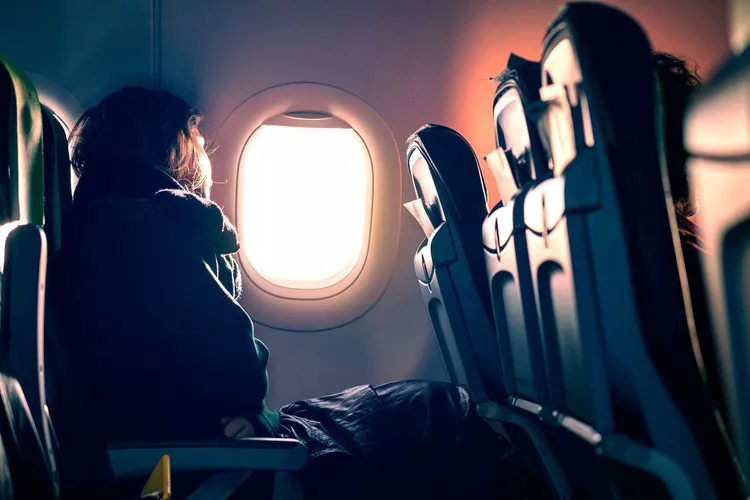1. Summary
This article discusses the etiquette of reclining airplane seats, emphasizing considerations for passengers based on flight duration and timing, while promoting courteous behavior in crowded spaces. Expert insights offer guidance on how to navigate this travel dilemma effectively.
Reclining Airplane Seats: Understanding the Etiquette
If you’ve been a frequent flyer for a few years, you’ve likely noticed that airline seating is starting to feel a little cramped. As TIME reported in 2019, in the early 2000s, airline seats in economy were set between 25 to 34 inches apart. However, by 2019, those seats squished closer, to 30 to 31 inches apart, and all the way down to 28 inches for short-haul planes. The seats themselves even narrowed from 18.5 inches to 17 inches.
While there is little that passengers can do about the changing layout of planes, a new question has emerged about how we respect our fellow passengers: Should you, or should you not recline your seat?
It’s a conversation that has long divided the internet, with some saying of course you should be able to recline in the seat you paid for, while others call the recline an affront to flying etiquette.
Airplane etiquette is you only recline when necessary, and if you must recline, just put the seat back a little bit to get the comfort you need without encroaching too much on the person behind you, shared Henry Harteveldt, a travel industry analyst, in a conversation with The New York Times.
Airline seats are designed to recline so it’s completely reasonable that passengers use that feature of their seat. However, how you recline makes all the difference, shared Lisa Orr, an etiquette and protocol consultant, in her remarks to Reader’s Digest.
Key Considerations for Passengers
So what’s a traveler to do? Here are a few things to consider:
1. Think About the Type of Flight You’re On
On a short, daytime flight, it may be best to abstain from reclining. Many passengers may be on a commuter trip and trying to get things done on their computer, meaning the tray table will be down and coffee may be flowing, potentially turning a reclining seat into a disaster.
However, if it’s an overnight flight, it’s hard to argue against the right to recline. Many people will likely be attempting to catch some zzz’s, so they can feel rested upon arrival. A good rule of thumb is to do so early and give a warning.
Orr suggests checking for hot beverages or laptops before reclining. If there is anything that could spill, it’s courteous to inform those behind you that you plan to adjust your seat.
2. Consider Your Timing
According to Orr, the ideal timing to recline may be early on in the flight so the passenger behind you knows what to expect. However, if you can, try to hold off until after the food service, allowing the person behind you to eat their meal with as much comfort as possible.
Once meal service is over, it could be perfectly acceptable to recline. Lizzie Post, the great-great-granddaughter of Emily Post, has previously suggested informing the passenger behind you before reclining. Mentioning your intention can lead to a positive response.
3. Try to Avoid Conflict
Regardless of whether you’re the person reclining or the individual being reclined upon, it’s advisable to maintain civility and avoid conflict at 30,000 feet.
If a fellow passenger asks you to refrain from reclining, a polite acknowledgment goes a long way: “I totally appreciate that, and I won’t [recline] the whole time, but I’m allowed to do it,” can defuse tension.
And if you’re the person feeling encroached upon, remember, Harteveldt advised that the occupant of the seat has the right to recline. While the situation may not seem fair, it’s part of the flying experience.




